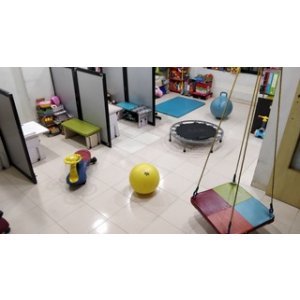Applied Behavior Analysis

Applied Behaviourl Analysis is the application of behavioural learning principle to understand and change behaviour. The principle is that the future occurrence of behaviour is dependent on the consequences and antecedents to that behaviour.
ABA has been used as a method of teaching students with Autism Spectrum Disorder or developmental delay since the 1970s.
ABA is an intensive, highly structured teaching approach where skills are taught sequentially and in a clear and consistent manner. Skill are broken down into simple segments, guided by child’s functioning, and then chained together. This ensures success at each level.,progressing to independent generalised learning. Positive reinforcement is always ket to an ABA approach.
Key Elements of the ABA Approach
- Clear, direct instruction are given
- Positive reinforcement is given for desired behaviour, and inappropriate behaviours are ignored and redirected.
- The introduction of skill is structured using prompting and reinforcement.
- Prompts may be physical, verbal, visual, gestural, and positional.
- Prompts are faded rapidly once leaning is achieved.
- An individual programme is designed with baseline of established behaviours and skill.
- The ABC model is used.
A-B-C Model
- A (Antecedent) – give clear instruction, provide assistance (Prompt), use material at suitable level in an appropriate environment.
- B (Behaviour) – the response of child (correct, incorrect, and no response)
- C (consequence) – give immediate feedback to response.
Teaching Strategies
There are several different types of teaching within our ABA models:
- Discrete trial training – a discriminative stimulas (instruction) is given, prompt (if necessary), student response, consequences, reinforcement, and brief interval before next discriminative stimulus.
- Precision teaching, using small teaching steps – for example, reading and writing programs.
- Experience – based learning, using incidental learning.
The behavioural analysis approach should been seen as a means of teaching skills across all areas from language and cognitive skills to social/emotional and functional living skills. The rate of progress varies with individuals.











